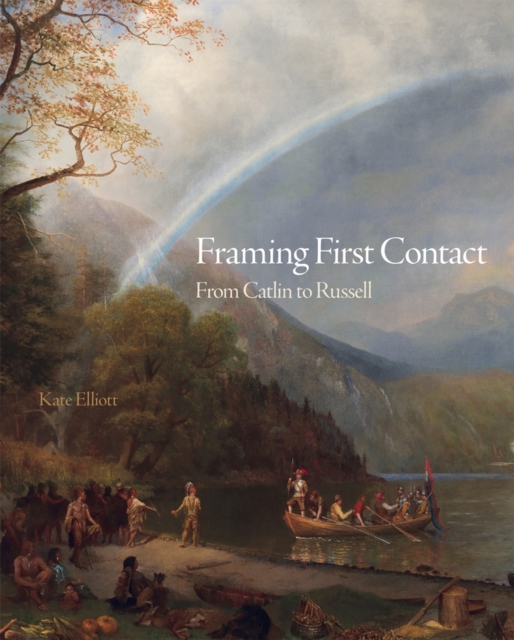
Framing First Contact : From Catlin to Russell Hardback
by Kate Elliott
Part of the The Charles M. Russell Center Series on Art and Photography of the American West series
Hardback
Description
Representations of first contact - the first meetings of European explorers and Native Americans - have always had a central place in our nation's historical and visual record.
They have also had a key role in shaping and interpreting that record.
In Framing First Contact author Kate Elliott looks at paintings by artists from George Catlin to Charles M.
Russell and explores what first contact images tell us about the process of constructing national myths - and how those myths acquired different meanings at different points in our nation's history. First contact images, with their focus on beginnings rather than conclusive action or determined outcomes, might depict historical events in a variety of ways.
Elliott argues that nineteenth century artists, responding to the ambiguity and indeterminacy of the subject, used the visualized space between cultures meeting for the first time to address critical contemporary questions and anxieties.
Taking works from the 1840s through the 1910s as case studies - paintings by Robert W.
Weir, Thomas Moran, and Albert Bierstadt, along with Catlin and Russell - Elliott shows how many first contact representations, especially those commissioned and conceived as official history, speak blatantly of conquest, racial superiority, and imperialism. And yet, others communicate more nuanced messages that might surprise contemporary viewers. Elliott suggests it was the very openness of the subject of first contact that allowed artists, consciously or not, to speak of contemporary issues beyond imperialism and conquest.
Uncovering those issues, Framing First Contact forces us to think about why we tell the stories we do, and why those stories matter.
Information
-
Available to Order - This title is available to order, with delivery expected within 2 weeks
- Format:Hardback
- Pages:174 pages, 36 colour illustrations
- Publisher:University of Oklahoma Press
- Publication Date:30/10/2020
- Category:
- ISBN:9780806167114
Information
-
Available to Order - This title is available to order, with delivery expected within 2 weeks
- Format:Hardback
- Pages:174 pages, 36 colour illustrations
- Publisher:University of Oklahoma Press
- Publication Date:30/10/2020
- Category:
- ISBN:9780806167114










